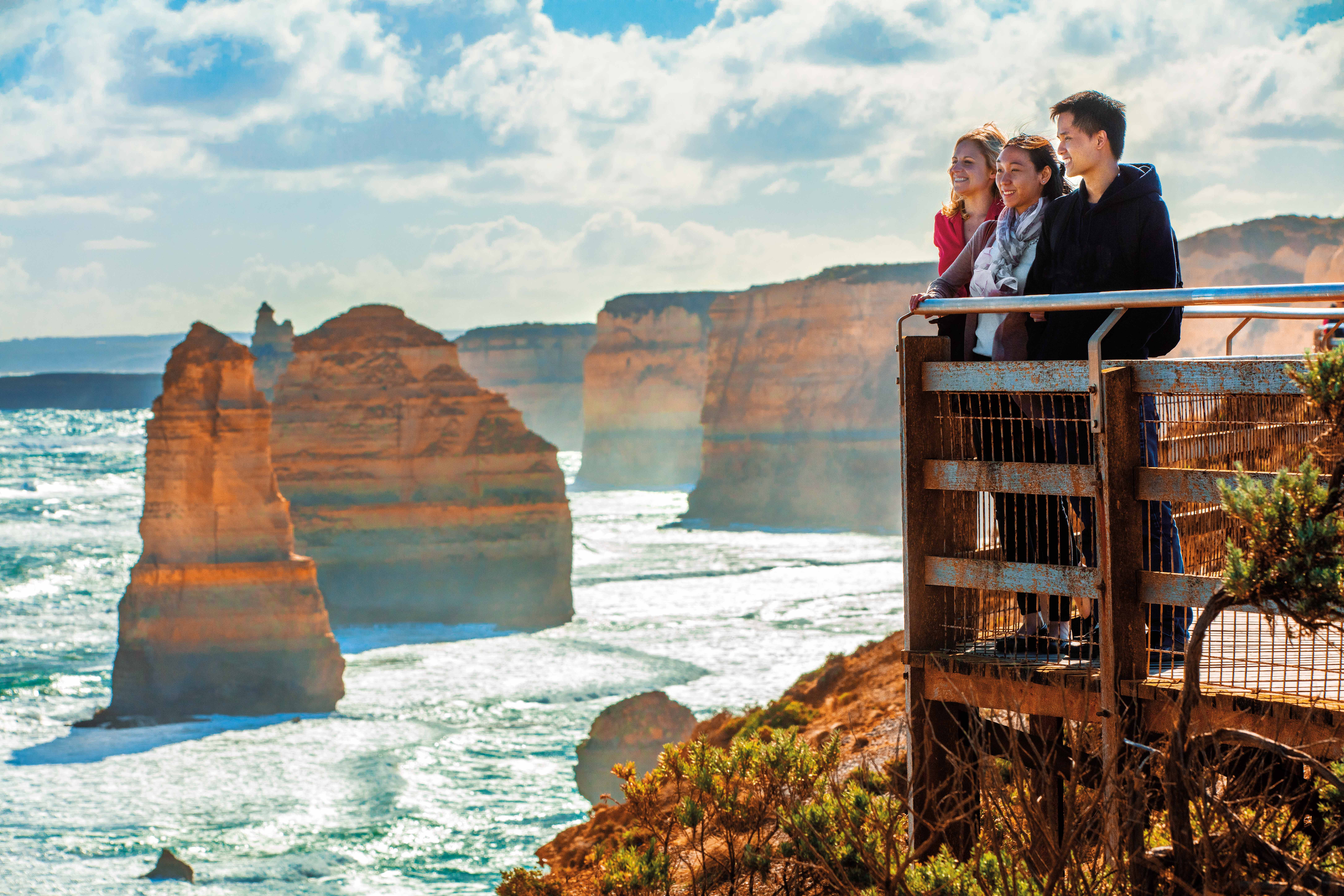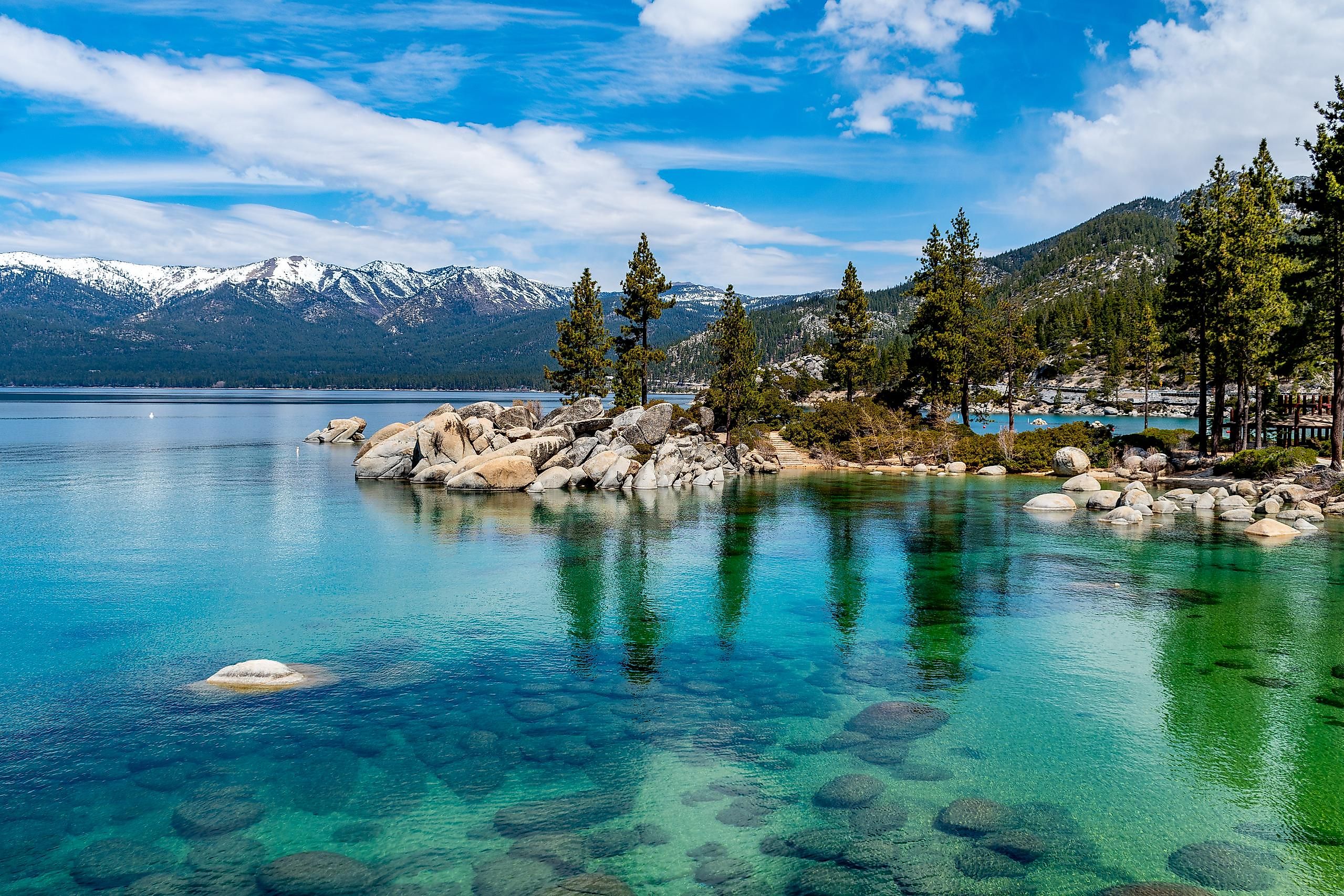Top ten vacation destinations in the US: From the majestic peaks of the Rockies to the sun-kissed beaches of Florida, the United States offers a diverse tapestry of travel experiences. This exploration delves into the nation’s most captivating destinations, considering factors like cost, activities, scenery, and accessibility to cater to a wide range of travel styles. Whether you crave thrilling theme park adventures, tranquil coastal relaxation, or the rugged beauty of national parks, this guide unveils the ultimate vacation spots across America.
We’ll journey through iconic national parks, vibrant cityscapes, and hidden gems, providing insights into unique attractions, cultural experiences, and outdoor adventures. Our detailed comparisons will help you determine which destination best aligns with your preferences and budget, ensuring an unforgettable American vacation.
National Park Adventures: Top Ten Vacation Destinations In The Us
Exploring America’s breathtaking National Parks offers unparalleled opportunities for adventure and immersion in nature’s grandeur. From towering granite cliffs to geysers erupting with geothermal power, these protected landscapes provide diverse experiences for visitors of all interests and skill levels. This section will delve into three distinct National Parks, highlighting their unique features and comparing their hiking opportunities.
Unique National Park Features
Yosemite National Park, located in California’s Sierra Nevada mountains, is renowned for its iconic granite cliffs, giant sequoia trees, and cascading waterfalls. Half Dome, El Capitan, and Yosemite Falls are instantly recognizable landmarks, drawing millions of visitors annually. The park’s diverse ecosystems support a rich variety of flora and fauna, creating a stunning visual tapestry. Beyond the iconic vistas, Yosemite offers opportunities for exploring ancient giant sequoia groves, hiking through meadows teeming with wildflowers, and encountering diverse wildlife, including black bears and deer.Yellowstone National Park, straddling Wyoming, Montana, and Idaho, is a geothermal wonderland.
Famous for its geysers, hot springs, and mud pots, Yellowstone showcases the raw power of the earth. Old Faithful, a predictable geyser, is a must-see attraction, but the park boasts hundreds of other geothermal features, each with its unique characteristics. Beyond the geothermal activity, Yellowstone is home to abundant wildlife, including bison, elk, wolves, and grizzly bears. Visitors can explore vast wilderness areas, hike along scenic trails, and experience the unique beauty of this geothermal landscape.The Grand Canyon National Park in Arizona is a testament to the power of erosion.
The Colorado River has carved a mile-deep canyon over millions of years, revealing layers of geological history. The sheer scale of the canyon is awe-inspiring, with its vast expanse and dramatic vistas. Visitors can hike along the rim, descend into the canyon on challenging trails, or take a mule ride for a unique perspective. The park’s diverse ecosystems support a variety of plant and animal life, adapted to the unique environment of the canyon.
You also can understand valuable knowledge by exploring uñas delicadas y bonitas.
Hiking Opportunities Comparison, Top ten vacation destinations in the us
Yosemite, Yellowstone, and the Grand Canyon offer vastly different hiking experiences. Yosemite’s trails range from easy strolls to challenging climbs, with options for all skill levels. However, many popular trails require permits and reservations, particularly during peak season. Yellowstone’s trails vary in difficulty, with some offering relatively easy access to geothermal features, while others venture into more remote wilderness areas.
Permits may be required for backcountry hiking. The Grand Canyon presents some of the most strenuous hiking in the National Park system. Descending into the canyon and back out in a single day requires significant physical fitness and preparation, and permits are often necessary. Rim trails offer easier options for those seeking less challenging hikes.
National Park Vacation Planning Tips
Planning a successful National Park vacation requires careful consideration of several factors.
- Accommodation: Book accommodations well in advance, especially during peak season. Options range from camping within the park to lodging in nearby towns. Consider proximity to desired activities when making your choice.
- Permits and Reservations: Many National Parks require permits for backcountry camping, certain trails, or even entry during peak season. Reserve these well in advance to avoid disappointment.
- Transportation: Plan your transportation carefully, considering the distances between attractions and the availability of public transportation within the park. Many parks are vast and require considerable driving time.
- Packing: Pack appropriate clothing and gear for varied weather conditions. Layers are essential, as temperatures can fluctuate significantly throughout the day and across different elevations.
- Safety: Be aware of potential hazards, including wildlife encounters, extreme weather, and challenging terrain. Carry plenty of water, snacks, and a first-aid kit. Inform someone of your hiking plans.
Beach Bliss

The United States boasts a stunning array of coastal destinations, offering a diverse range of beach experiences to suit every traveler. From the sun-drenched shores of Florida to the dramatic cliffs of California and the volcanic sands of Hawaii, the country’s coastline provides a wealth of opportunities for relaxation, adventure, and exploration. The variety in climate, geography, and available activities ensures a unique beach vacation awaits regardless of preference.The types of water activities available vary significantly depending on location.
Florida’s calmer, warmer waters are ideal for swimming, paddleboarding, and kayaking, while California’s Pacific coast offers opportunities for surfing, whale watching, and exploring tide pools. Hawaii, with its tropical climate and vibrant coral reefs, presents exceptional snorkeling and scuba diving experiences. These differences reflect the unique geological and climatic conditions of each region.
Coastal Destination Variety
The US coastline offers a wide spectrum of beach experiences. Bustling beaches like South Beach in Miami provide a vibrant atmosphere with lively nightlife and numerous restaurants. In contrast, secluded coves along the Oregon coast offer tranquility and opportunities for solitude and nature appreciation. Families might prefer the gentle waves and shallow waters of beaches in the Outer Banks of North Carolina, while adventurous souls might gravitate towards the challenging surf breaks of Huntington Beach, California.
The diversity caters to a wide range of tastes and preferences.
Water Activities by Region
Florida’s Gulf Coast and Atlantic Coast offer calm waters perfect for swimming, sunbathing, and watersports like jet skiing and parasailing. California’s coastline, particularly in Southern California, is renowned for its surfing, with consistent waves attracting surfers of all skill levels. Hawaii’s volcanic islands offer unparalleled opportunities for snorkeling and scuba diving, exploring vibrant coral reefs teeming with marine life.
The unique underwater ecosystems of each region provide distinct aquatic adventures.
Popular Beach Destinations
| Location | Best Time to Visit | Key Activities | Accommodation Options |
|---|---|---|---|
| South Beach, Miami, FL | March-May | Swimming, sunbathing, watersports, nightlife | Luxury hotels, resorts, boutique hotels |
| Huntington Beach, CA | Summer (June-August) | Surfing, beach volleyball, sunbathing | Hotels, vacation rentals, beachfront campsites |
| Waikiki Beach, HI | April-May, September-October | Swimming, surfing, snorkeling, scuba diving | Luxury resorts, hotels, condos |
| Outer Banks, NC | Summer (June-August) | Swimming, surfing, fishing, kayaking | Beachfront hotels, vacation rentals, cottages |
Mountain Majesty
The United States boasts a stunning array of mountain ranges, each offering unique ecosystems and unparalleled recreational opportunities. From the snow-capped peaks of the Rockies to the rolling hills of the Appalachians, these majestic landscapes provide breathtaking scenery and a wide range of outdoor adventures for visitors of all skill levels. These diverse environments support a rich tapestry of wildlife and offer everything from challenging hikes to world-class skiing.The variety of mountain regions across the US showcases a remarkable diversity in both flora and fauna.
The dramatic elevation changes within these ranges create distinct microclimates, supporting a wide spectrum of plant and animal life not found anywhere else. This contributes significantly to the unique character of each mountain region, offering diverse experiences for visitors.
Rocky Mountain versus Appalachian Skiing and Snowboarding
The Rocky Mountains and the Appalachians, while both offering skiing and snowboarding, present vastly different experiences. The Rockies, known for their high altitude and significant snowfall, feature challenging slopes and extensive ski resorts with world-class amenities. Resorts like Vail and Aspen in Colorado are renowned internationally for their steep slopes and luxurious accommodations. In contrast, the Appalachians, with their lower elevation and less consistent snowfall, offer gentler slopes and a more intimate, often less crowded, skiing experience.
Resorts in the Appalachians, such as those in Vermont and West Virginia, tend to be smaller and family-friendly, focusing on a more relaxed atmosphere. The differences in snow conditions, terrain, and resort size significantly impact the overall skiing and snowboarding experience in each region.
Mountain Wildlife
Mountain regions across the US are home to a diverse array of wildlife, each adapted to the unique challenges of their high-altitude environments. The Rocky Mountains, for instance, are known for iconic species like bighorn sheep, their impressive horns a testament to their adaptation to steep, rocky terrain. Grizzly bears, known for their size and strength, roam the higher elevations, while black bears are found at lower altitudes.
The majestic elk, with their large antlers, are also a common sight. In the Appalachians, black bears are prevalent, along with white-tailed deer, known for their agility and camouflage. Smaller mammals such as bobcats and various species of foxes also inhabit these ranges. Birdlife varies greatly depending on elevation and habitat, with raptors like bald eagles and hawks often soaring above the peaks.
Understanding the unique characteristics of these animals and their habitats is crucial for responsible and respectful wildlife viewing.
Planning your perfect US vacation involves considering diverse preferences and budgets. From the thrilling rides of Orlando’s theme parks to the serene beauty of Hawaii’s beaches, the options are vast. This guide has highlighted key destinations across various categories, offering a starting point for your exploration. Remember to factor in personal preferences, time of year, and budget to craft a truly memorable and personalized American adventure.
Start planning your dream trip today!


